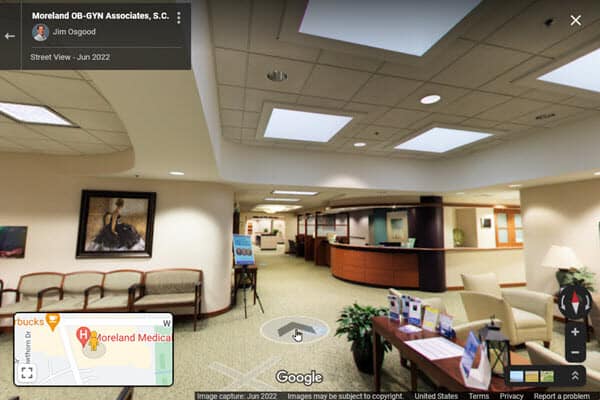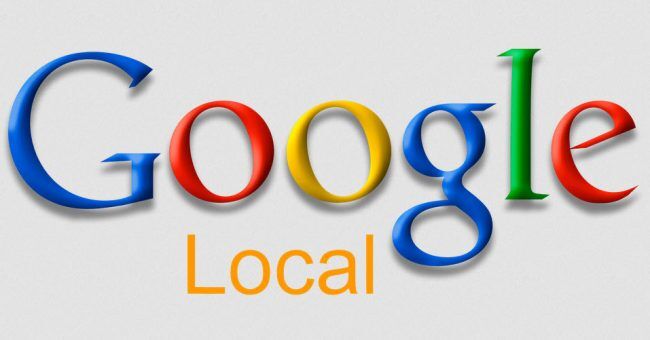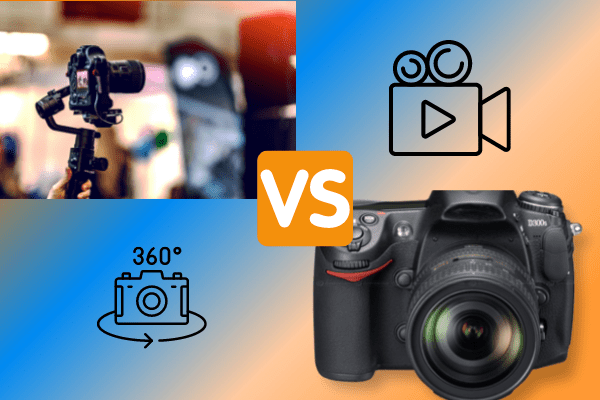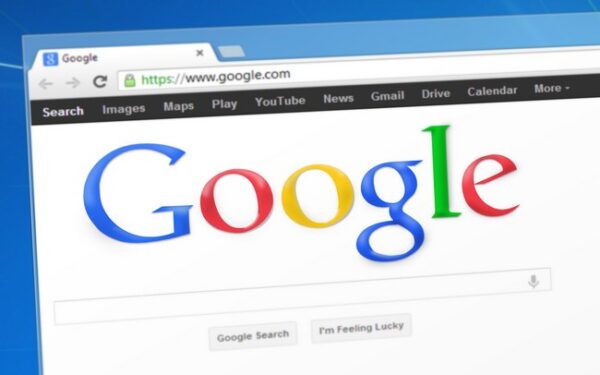
How Business Can Benefit from Google Virtual Tours
July 16, 2022
Google and Google Business Profile – Why You Need Them
October 25, 2022Real Estate agents have embraced technology to make buying and selling easier for their clients. Before the coronavirus pandemic, 360° Virtual Tours were a marginal component of real estate marketing, mostly a reserve for marketing luxury properties. During that time, there was much confusion about what a virtual tour was and what it constituted. Sometimes, clients would request a virtual tour, only for the agent to send a video walk-through.
Partially because of their affordability, 360° Virtual Tours have become very popular in real estate marketing. Buyers and sellers know the differences between a slideshow, a Virtual Tour, and a video walk-through. This post explores these two marketing strategies, delving into their benefits to help you choose the best for your real estate agency.
What Are 360° Virtual Tours?
A virtual tour is a series of panoramic images captured with a special HDR camera and edited to create a virtual experience. The producer then uploads the completed compilation onto the internet. Virtual Tours provide an interactive experience because viewers can click on specific areas and look at them from particular angles. Virtual Tours also allow the viewer to zoom in, quickly identifying intricate details not possible on video walk-throughs.
Benefits of Virtual Tours
There are several reasons buyers and sellers in the real estate market prefer Virtual Tours over Video Walk-throughs.
Virtual Tours Provide More Room to Explore the Space
Virtual Tours make users feel like they’re right inside the home, walking around in it. They make it much easier to get a sense of the property and decide whether to see it in person. The immersive aspect of the tours comes from the 360° camera required for the task. Even the best cameras used in a video walk-through lack this technological feature, a shortcoming that limits them from catching up with this crucial ability to make the videos immersive.
Virtual Tours Are Self-Guided
A significant difference between a Virtual Tours and video walk-through is that the former are self-guided and interactive. They allow viewers to choose their adventure in real estate, an element that provides self-direction and control. When buyers have this freedom, they have no reason to switch to video walk-throughs that are somewhat limiting.
You Can Stage Virtual Tours but Not Video Walk-throughs
Virtual Tours, unlike video tours, can be staged, something that was one of the early breakthroughs in the prop-tech revolution. Find out How AR Uses 3D Visualization to Transform Your Home. In the past, agents considered virtual staging an infringement of real estate marketing until they realized how perfectly it works in appealing to the buyers’ needs. The approach is also cost-effective compared to physically staging a property.
Research shows that virtual staging:
- Enables agents to sell the homes they stage 75% faster than those they don’t stage
- Increases the chances of selling a home for the asking price or above by 85%
- Enables realtors to provide buyers with different looks for the same space
- Eliminates the empty feeling exuded by most unfurnished listings
Opting for 360° Virtual Tours cuts marketers and their clients for enormous potential benefits.
Virtual Tours Don’t Depend On an Extended Attention Span
360° Virtual Tours have a different arrangement from video walk-throughs. The video experience is linear; it begins and ends when the camera operator and video editor say it does. If a buyer is interested in seeing the bathroom, they must wait for the cameraperson to take them there. The other alternative is to fast-forward the video to locate the bathroom. Doing this provides zero interactivity, which can be problematic in this age where viewers’ attention is shrinking.
Virtual Tours place control in the hands of the viewer, allowing them to explore the property as they like. Everything happens within their time frame and convenience. The tours engage the viewer in exploration, unlike video that leaves them wondering what other videos they could be watching.
Virtual Tours are Affordable
It comes a surprise to many how affordable a 360° virtual tour is. Typically, a 3,000 square foot home can have one completed for under $400.00, a one-time fee. A business can get a Google virtual tour added to their Google business listing for under $500.00. About a third of the cost of having a professional video done. Of course, youcan save money by doing a video yourself on a smart phone. Unfortunately they typically come out looking unprofessional. Defeating the purpose.
What are Video Walk-throughs?
Video walk-throughs are short videos of a property’s key elements. Someone walks through each room, recording the videos. The idea is to provide an additional context of the home’s layout beyond what images can offer.
Unlike Virtual Tours, a video walk-through has minimal editing, and the filming often happens on a mobile phone.
Benefits of Video Walk-throughs
The most immediate benefit of virtual walk-throughs, mainly to the marketer, is that they are quick to create. They also don’t attract a substantial initial investment as all you need is a mobile phone capable of high-quality video, unlike Virtual Tours, which requires unique cameras. With basic editing skills, it’s easy to add a logo to the video, some music, and a voice-over in the background.
Which Is Best for You?
When deciding whether to use Virtual Tours or video walk-throughs for your needs, remember that there are no right or wrong choices. The decision largely depends on what you want to achieve, given that both marketing strategies provide the following benefits:
- They reduce the number of unnecessary viewings by delivering more insights into the property’s layout
- They boost a buyer’s interest in the listings, hence generating more leads
- They increase listing engagement and encourage more click-through to your site
- They’re easy to share on social media, expanding your reach to potential buyers
Your budget, potential buyer, and type of property in question are the crucial factors to help you make the final decision. Video walk-throughs are an excellent choice if you want to get the marketing materials out there quickly and simply. They provide additional content to the home when done professionally.
Virtual Tours may be a better option if you want a more engaging sales and marketing tool with cutting-edge technology. If the vast property has many rooms, it can particularly benefit from Virtual Tours.
Getting Started with Virtual Tours
Once you use 360° Virtual Tours for marketing your listings, you will want to have them professionally done for the highest return on investment. Matterport, the 800-pound gorilla in the virtual tour business and valued at $2.3 billion, has done studies that have shown that properties with virtual tours closed 20% – 30% faster and for 9% more than those without virtual tours. In the recent past, homes have been selling like wildfire and the speed factor was not as important. Now with rising mortgage rates and stagnating markets, it is becoming a key factor. And why do listings that include a virtual tour sell for more? It is quite simple. The more people you can get to see the home, the more likely you will find the buyer willing to pay a higher price.
At TrueView360s Virtual Tours, we can help you create high-end Virtual Tours to market your business at an affordable price as well as provide your other real etate photography needs in a package deal.
Contact us today to schedule a consultation, even when you’re unsure of the option to choose.




